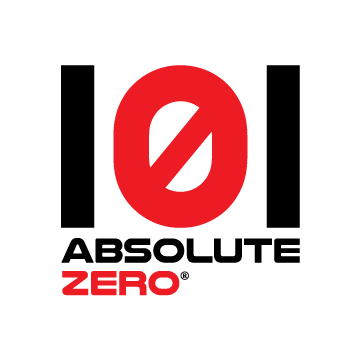Make It Real!
With Integers
The first of four things we need to do when teaching math so kids will remember.
There are 4 very important things we as educators (whether you are a parent or classroom teacher) need to keep in mind when teaching math. In this 4 part series, I will be elaborating on each of these 4 things as they relate to the teaching of integers (positive and negative numbers). Keep in mind, these 4 things could relate to any math concept we are trying to instill on our children.
Thing One - Make it Real
Everyone wants to have an authentic learning experience. In an educational setting, whether at home or school, children can find great value in relating mathematical concepts to real-world problems or situations and persevere in solving them. With this in mind, the National Council of Teachers of Mathematics issued position statements “emphasizing that students should have opportunities for solving problems that resemble those encountered in real-life settings.” Children also discover higher levels of importance in lessons that have an element of relevance (“realness”) to their lives or can see how that concept will fit in with learning they are experiencing now or in the near future (Brundiers, Wiek, & Redman, 2010). Providing our children with experiences working with real-life situations that involve both positive and negative numbers is vital to their learning and retaining information regarding these math concepts.
No More Naked Problems!
It is imperative to understand that keeping it real requires us as educators to apply the first mathematical practice: “Make sense of problems and persevere in solving them.” If this is the FIRST mathematical practice, I often wonder why so many teachers and textbooks give naked problems like -5 + 8. What is there to make sense of? How is this Real? What context or visual clues do I have to assist me in my sense-making and motivate me to persevere when there is no outside information or clues for me to follow? Therefore, I would like to propose that we no longer give our students naked problems - instead, we offer everything in context and relate math concepts in a “real” way. If we give the students information that demonstrates how the concept is founded in reality, we will have provided a way to make story problems no longer dreaded, but rather enjoyed and welcomed as word problems will be the norm.
That being said, until the textbook companies catch up with my ideals - we will have to improvise. So I suggest that before having students tackle a naked problem - they will first have to write a situation for which the problem can be used. Of course, this will have to be practiced together before students may feel comfortable writing stories on their own. So let’s take a look at -5 + 8. Start by asking students to think of a situation in which this number sentence could be used to find the answer. Perhaps have students work in pairs to start and share out their stories. Having a discussion about how the various stories are alike and different is an important part of this lesson. (Ex: Starting on the ground floor of a large office building, I went down five floors and then went up 8. Now I’m on the 3rd floor.)
Bad to the Bone
Following this idea of real-world uses for integers, one excellent idea is to introduce the concept of debits and credits as they pertain to allowances. Jeff and Diana Gregg have written an article in the NCTM journal allowing students and their families to track the completion of chores. If a child completes his chore in a timely manner, a credit is given. If the chore is not completed or done late, a debit is given. The child’s allowance is calculated based on the number of debits and credits earned at the end of the week. I liked this idea but thought that instead of chores that use the debit and credit ideas, I would create a chart using positive and negative behaviors for debits and credits to be tracked. This chart can be used at home or even in a classroom setting (with a little modification).
The Great Unknown
Temperature-related problems are another scenario in which to interact with integers and make it real for students. Although this might seem like a fairly simplistic scenario, it offers a level of complexity when students are presented with all three types of addition and subtraction problems: result unknown, change unknown, and start unknown.
Now for a bit about the 3 types of problems. We tend to focus heavily on the first type of problem while ignoring the other two. Unfortunately, real-life throws all types of problems at us so it is important to practice not only with the result unknown but also with change unknown and start unknown. Hopefully, this chart helps differentiate between them and gives you a starting point when working with your kids.
Making it real is imperative no matter the math topic. How can we expect our children to make sense of a problem and persevere in solving it if the problem is not in context? What motivation is there to learn anything if we can’t see how it applies to us?
Get the latest blog post and subscriber only discounts delivered right to your in box
Sources:
Brundiers, K., Wiek, A., & Redman, C. L. (2010). Real-world learning opportunities in sustainability: from classroom into the real world. International Journal of Sustainability in Higher Education, 11(4), 308-324.
National Council of Teachers of Mathematics (NCTM). 2014. Principles to Actions: Ensuring Mathematical Success for All. Reston, VA: NCTM.
Wessman-Enzinger, N. M., & Mooney, E. S. (2014). Making Sense of Integers through Storytelling. Mathematics Teaching in the Middle School, 20(4), 202.
doi:10.5951/mathteacmiddscho.20.4.0202






